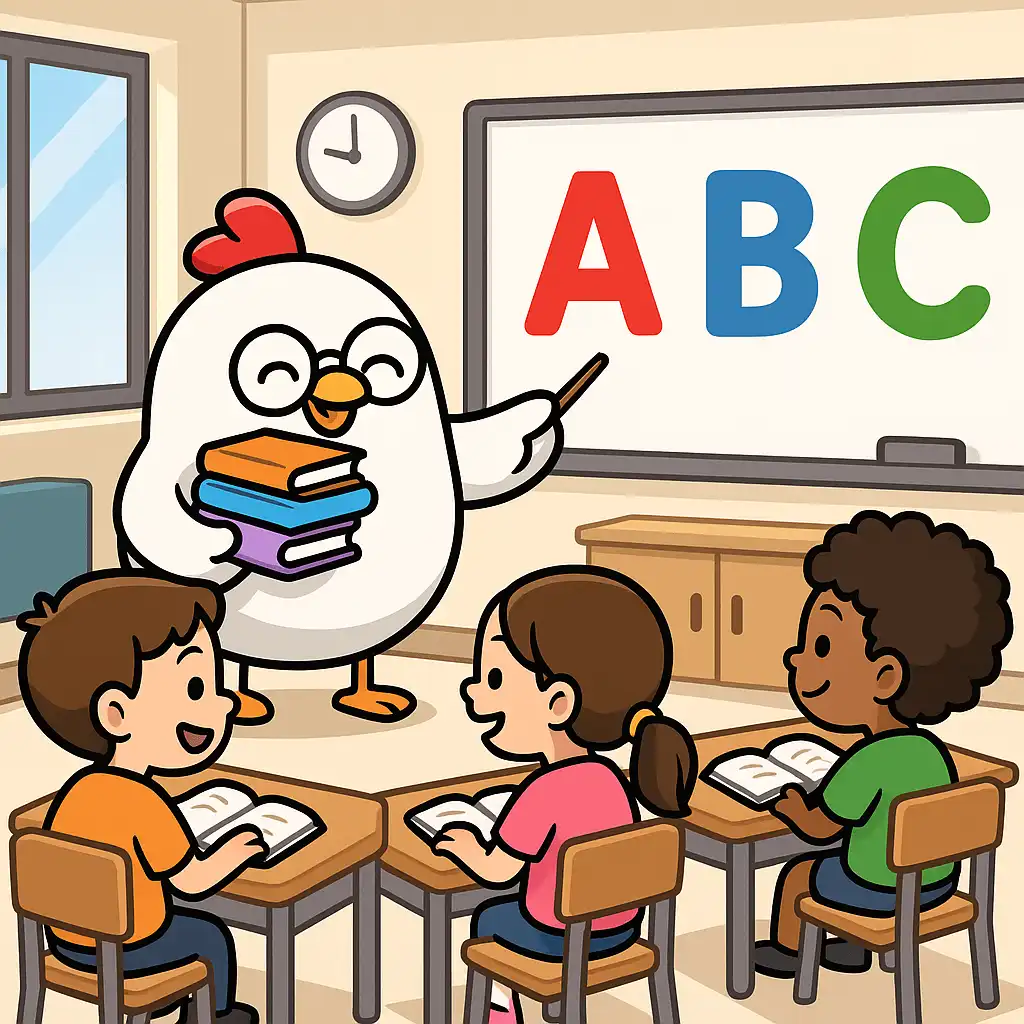Mastering Plural Endings
Your child's reading skills have come so far. They can now master words with complex consonant blend endings. It's time to take the final step that will unlock full sentences and stories: mastering plural endings.
This is the skill that allows a child to understand the difference between reading about one bug and many bugs. It's a crucial step toward true reading fluency. In just 10 minutes a day, our program makes this final challenge feel like a simple and rewarding new level, giving your child the tools to read with more accuracy and confidence than ever before.
Our Approach: Making the Last Sound the Easiest
Adding one more sound to the end of an already complex word can be tricky, but our approach makes it simple and intuitive.
- We Focus on "Just One More Sound": Our games teach your child that adding an 's' is simply about adding one more sound to the word they already know how to read. They mastered
pump, so readingpumpsis just one small, easy step further. - Building on Their Success: This lesson is designed to be a massive confidence booster. It proves to your child that the skills they've learned with blends can be built upon to read even longer, more complex words.
- Unlocking Grammar and Meaning: This is your child's first step into understanding how grammar works in reading. They'll learn that the 's' on the end of a word isn't just a sound; it changes the meaning of the word itself. This is a huge leap in reading comprehension.
The New Words Your Child Will Master
By learning to decode plural endings, your child can now read countless new words, especially within full sentences. They will feel so proud as they master words in our games, such as:
- bugs, beds, hens, hums, tops
- gulps, lifts, pumps
- hints, cuffs, asks
- hills, pills
This skill opens the door to reading books with much more interesting and varied language.
Expert Answers to Your Questions About Reading Plurals
1. Why does the 's' ending sometimes sound like a /z/? For example, in 'bugs' vs. 'tops'.
This is the most important—and often most confusing—part of reading plurals! You've noticed something that even many adults don't realize. The sound of the plural 's' changes based on the sound that comes before it. After a "voiceless" sound like /p/ (in tops), the 's' makes its normal /s/ sound. But after a "voiced" sound like /g/ (in bugs), the 's' makes a vibrating /z/ sound. Our app's audio is expertly designed to teach your child's ear to recognize and read both versions correctly.
2. What about words that add '-es', like in 'foxes'? How will my child learn to read those? That's the next step in our curriculum! The '-es' ending is used after words that end in "hissing" sounds (like s, x, z, sh, ch). It's a special ending because it adds a whole new syllable to the word (fox -> fox-es). Our program will introduce this rule in a future lesson, after your child has completely mastered the basic 's' ending.
3. My child reads the first part of the word fine, but often forgets the 's' at the end. Why?
This is completely normal and the most common challenge with this skill. Their brain is working hard to decode the base word (which might already have a blend, like in lifts), and by the time they get to the end, their focus can waver. This is called "cognitive load." The app's games are designed to reduce this load, providing fun repetition that trains their brain to hold on all the way to that final /s/ sound.
4. How can I best support my child with this final step? Your role is to celebrate the meaning! When your child successfully reads "three red bugs," you can say, "Wow, you knew to say 'bugs' with an 's' because there was more than one! You're not just reading words; you're reading ideas!" This connects their new phonics skill to the real purpose of reading: comprehension.
Your Child is Ready to Read Full Sentences!
Mastering this skill is the key that unlocks the ability to read rich, interesting stories. Let's celebrate this incredible achievement and watch as they become truly independent, fluent readers.
